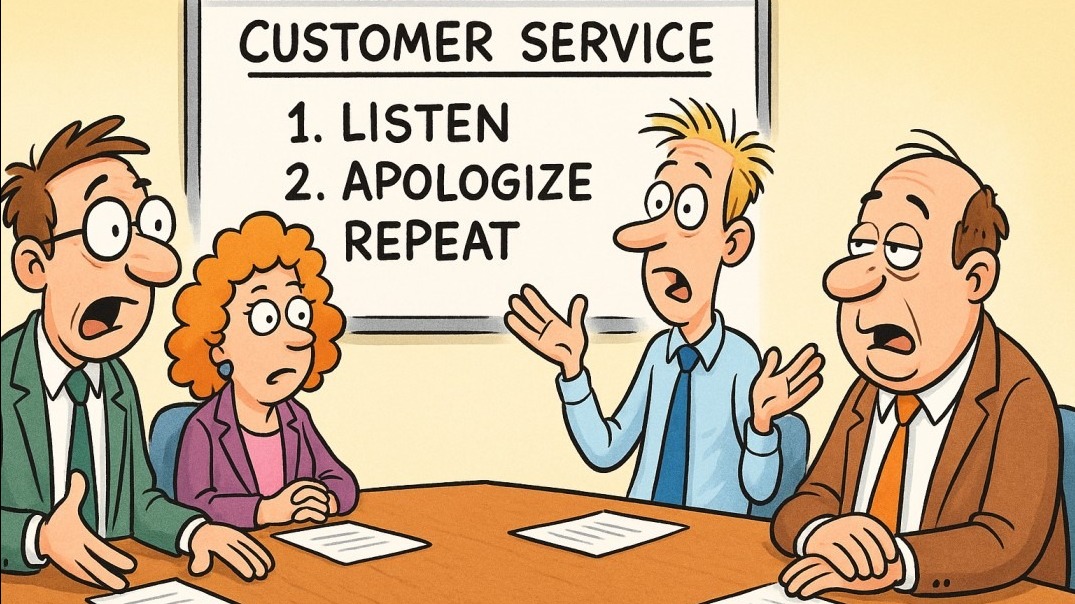
Breaking Down Expectations in Policing
In the realm of law enforcement, there exists a subtle yet profound truth: doing what is expected can lead to surprising results. This notion, often overlooked, not only shapes public interactions but also redefines the landscape of community safety. Implementing effective customer service strategies within police departments can significantly enhance public trust and improve police-community relations.
Community Engagement: A Pillar of Trust
Engaging the community can act as a springboard for building trust, an essential element in crime prevention efforts. When officers interact positively with community members, this fosters a connection that can lead to timely information sharing, and ultimately, safer neighborhoods. Programs emphasizing community policing strategies reveal how law enforcement can evolve from being seen as mere enforcers to trusted partners in public safety initiatives.
Lessons from Real-World Experiences
Take, for instance, communities that have embraced public safety communication strategies. Officers who participate in local events enhance their visibility and approachability. This humanizes the badge, dispelling misconceptions and making officers appear more relatable. The surprising aspect? When communities feel safe to engage with law enforcement, they often bring vital issues to the forefront, helping police address concerns proactively.
Leveraging Technology for Enhanced Accountability
Amidst the advancements in policing technology, tools such as body cameras have emerged as indispensable assets. These devices not only promote transparency but also create a culture of accountability within departments. As communities increasingly seek visibility into police operations, ethical leadership is more crucial than ever to ensure public trust remains intact.
The Future of Public Safety: Predictive Analytics
Looking ahead, utilizing data-driven decisions will prove vital in shaping effective policing strategies. With the rise of predictive analytics, law enforcement agencies can better allocate their resources and respond to incidents more efficiently. This proactive approach not only assures the community but also fosters a sense of safety. The implications of such technology extend far beyond mere statistics; they represent a transformational shift towards smarter policing.
Taking Action for a Safer Tomorrow
In conclusion, understanding the dynamics of public perception and the importance of doing the expected in law enforcement cannot be overstated. As officers continue to navigate complex challenges, integrating community insights into operational strategies can make all the difference. By embracing ethical policing methods and prioritizing public engagement, police departments can enhance their effectiveness while solidifying the essential trust that connects them with the communities they serve.
 Add Row
Add Row  Add
Add 

 Add Element
Add Element 




Write A Comment